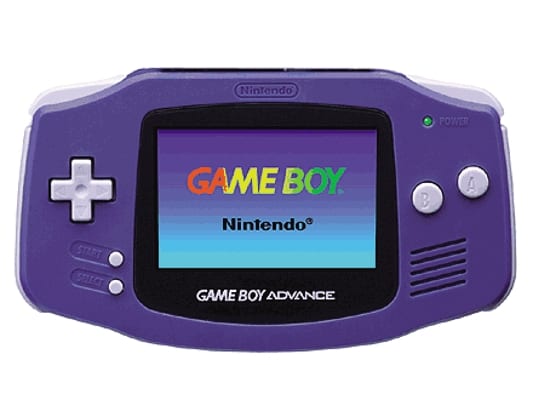
Today marks the 15th Anniversary of the release of Nintendo’s Game Boy Advance in Japan. Here are 10 great Game Boy Advance games to celebrate it’s birthday. As an added bonus, most of these titles are available to purchase on the Wii U Virtual Console.
Final Fantasy Tactics Advance

1997’s Final Fantasy Tactics for the PlayStation got an unlikely reboot in Final Fantasy Tactics Advance on the Game Boy Advance in 2003. This title maintained many of the gameplay elements that made the original game successful, elegantly refining them for handheld.
The game intrigues with it’s story of a magical world accidentally created by the deepest desires of a group of friends and the conflict that arises when one of them wishes to return to the real world. This world, Ivalice, maintained it’s series significance over the years, becoming home to Final Fantasy XII on the PlayStation 2.
Challenging, engaging, colorful and fun, Final Fantasy Tactics Advance maintains it’s place as one of the best games for Game Boy Advance and a fantastic tactical RPG.
Mario Tennis: Power Tour
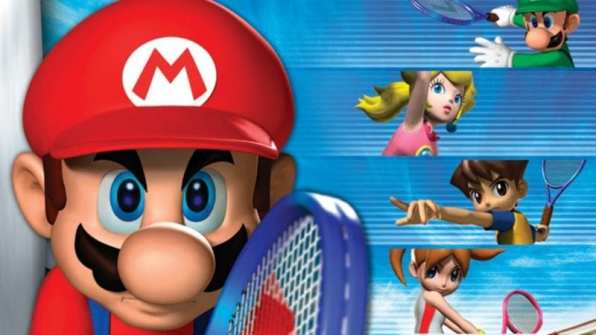
Mario Tennis: Power Tour was the sequel to Mario Tennis for the Nintendo 64 and Game Boy Color. It brings a roster of Mario stars back into the court in a way that provides immense fun. Power Tour carries over the simple control scheme from the original title to maintain the ease-of-access to players of all skill levels.
This is not to say the game lacks depth, however. The game requires true skill to master and, with the inclusion of an RPG-esque character levelling system, a player who spends time learning the in’s and out’s of Mario Tennis: Power Tour will have hours of challenge and fun at their fingertips.
Advance Wars
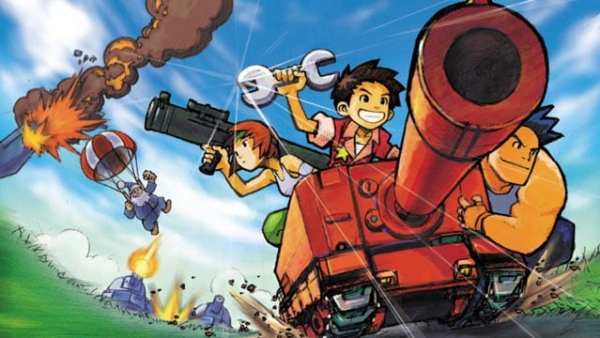
If an argument was made that the Game Boy Advance is home to some of the best tactical games available, Advance Wars would be central to it. Released three months into the console’s lifetime in Sep. 2001, Advance Wars became an instant critical success with it’s fresh take on turn-based tactics and roster of fantastic characters.
Advance Wars holds-up to this day as a perfect example of well-balanced gameplay. It challenges you with intelligent-AI and a wide-range of options but never descends into the grind and slog that turn-based tactical games can become.
Mario & Luigi: Superstar Saga
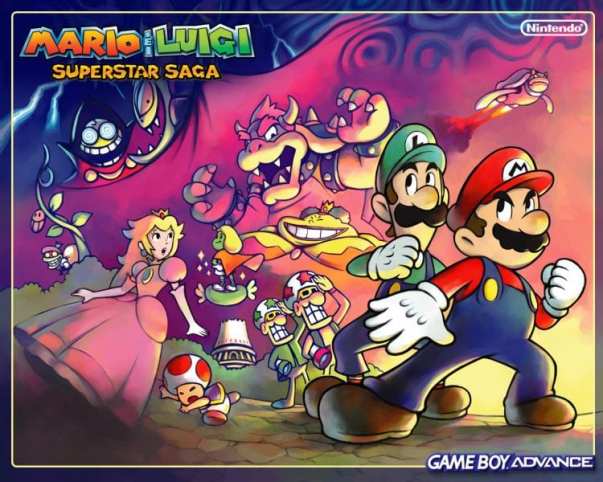
Mario & Luigi: Superstar Saga is the first title in the Mario & Luigi RPG series which, along with the Paper Mario series, succeeded the SNES’s Super Mario RPG.
Mario & Luigi: Superstar Saga provides an interesting new take on the RPG genre, with unique gameplay setting it apart from genre staples. The player controls Mario and Luigi seperately using the A and B buttons respectively, using their unique skills to conquer enemies and environmental obstructions alike.
Filled to the brim with wit, charm and character, Mario & Luigi: Superstar Saga is a truly wonderful game.
Metroid Fusion
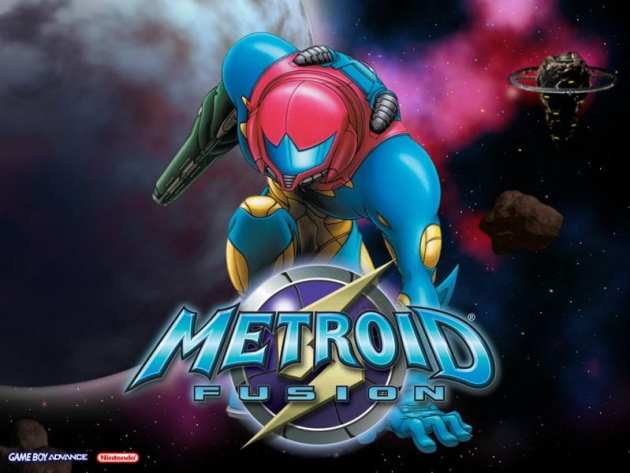
Like turn-based tactics games, the Game Boy Advance provided a wonderful home to a new generation of 2-D Metroidvania action games. One of the finest examples of this generation is Metroid Fusion.
Metroid Fusion provides the challenge and atmosphere players expect from a Metroid title, perfectly contained in a condensed package. The setting of SR388 and the BSL station provide the eerie ambience the series does so well, backed up by a fantastic soundtrack.
Metroid Fusion, her last chronological adventure to date, sees Samus confront the losses of her past and a new, insidious threat and remains a fantastic entry in the series.
Pokémon Ruby, Sapphire and Emerald
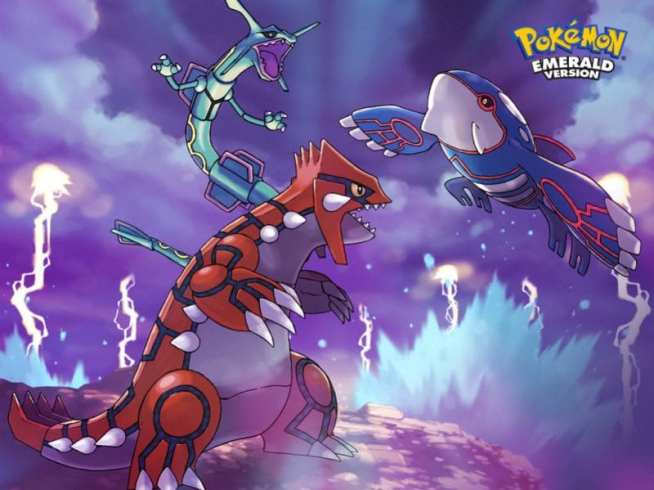
Pokémon Ruby, Sapphire, and Emerald form Generation III of Pokémon. They take place in the Hoenn region, where titanic Pokémon representing primal natural forces clash.
Generation III of Pokémon brought the series to the Game Boy Advance and, in doing so, opened it to a new realm of exploration and creation. Unlike Kanto and Johto before it, Hoenn bursts with life. The Game Boy Advance provided the perfect graphical advancement for the series as the game looked lusher, more colorful and beautifully animated.
Generation III also marked the first time Pokémon had dealt with important issues, it’s story containing themes of environmental balance and the damage that could be caused by humans who upset that balance.
Unfortunately, none of these games are available on the Virtual Console. However, remakes of Ruby and Sapphire were made for the 3DS, titled Omega Ruby and Alpha Sapphire, and provide a faithful recreation of the games, updated to modern standards.
Castlevania: Aria of Sorrow
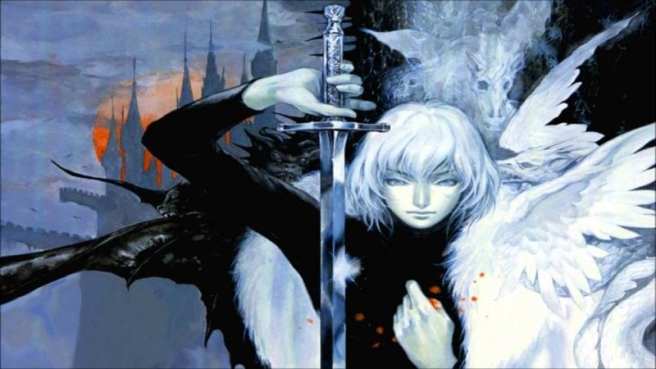
Castlevania: Aria of Sorrow transports you to Dracula’s Castle once more. Set in 2035 after Dracula’s final demise, Aria of Sorrow has the player assume the role of Soma Cruz – a young man who possesses a mysterious power.
Although it maintains the traditional 2D Metroidvania gameplay, Aria of Sorrow adds it’s own twist to the formula through the Tactical Soul system. Once he defeats a creature, Soma absorbs it’s soul and is then able to use it’s power. Souls are also combined with weapons to create more powerful variants.
Aria of Sorrow also does a fantastic job at reinvigorating the atmosphere that clung to early entries in the franchise. Both art style and music are beautifully constructed and fit together seamlessly, bringing Dracula’s Castle, ominously, to life.
Aria of Sorrow stands head and shoulders above other Castlevania games on the Game Boy Advance and remains one of the best instalments in the franchise.
The Legend of Zelda: The Minish Cap

The Legend of Zelda: The Minish Cap stands-out among handheld Zelda games. Although maintaining the top-down view these titles inherited from The Legend of Zelda and A Link to the Past, The Minish Cap utilizes the improved graphical prowess of the Game Boy Advance to fill the land of Hyrule with color and detail, bringing it to life in a way no handheld before could manage.
The Minish Cap also borrowed the whimsical, cartoon-esque art-direction of The Wind Waker to great effect. The in-game sprites and accompanying art are filled with a character that Zelda games sometimes lack.
Although short in length, The Minish Cap nevertheless delights and remains one of the best Zelda games to grace a handheld device.
Fire Emblem: Blazing Sword
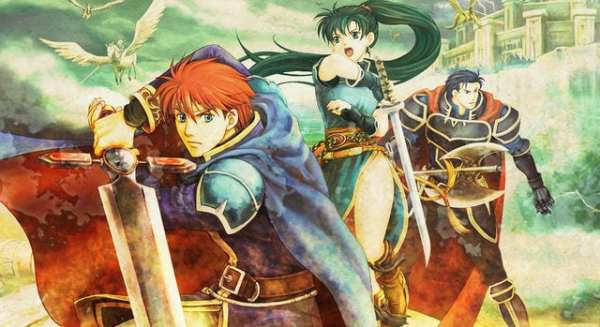
The Western release of Super Smash Bros. Melee for the GameCube was accompanied by a mystery for many Western Nintendo fans. Who are Marth and Roy and what is Fire Emblem? The popularity of these characters in Melee led to Nintendo and Intelligent Systems announcing that Fire Emblem’s seventh instalment, Rekka no Ken (Blazing Sword), would be the first international release of the lauded Japanese turn-based tactical RPG.
A prequel to Roy’s game Fuuin no Tsurugi (The Binding Blade), Blazing Sword follows the adventures of Roy’s father Eliwood. The young noble, accompanied by his companions Lyn, Hector, and the player’s avatar the Tactician, embarks on a quest to search for his lost father and uncover a mystery threatening the continent of Elibe.
With a brilliant, twisting plot, engaging characters, wonderful mechanics and a challenge that will test your tactical skills to their limits (beware, this game contains perma-death), Fire Emblem: Blazing Sword championed the turn-based tactical RPG in the West and remains a genre staple.
Golden Sun: The Lost Age
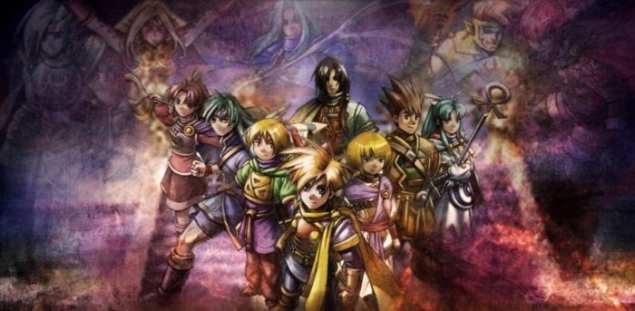
When the first Golden Sun game was released for Game Boy Advance in 2001 it brought a traditional epic JRPG to the handheld market. Ending with a cliffhanger, fans of the game were left crying for more.
One year later, The Lost Age arrived. Building upon the traditional turn-based RPG mechanics of the first game, The Lost Age increased the scope many times over.
With an incredible, epic story, a huge world to explore, a roster of brilliant characters (from the hot-tempered Jenna to the mysterious, menacing Alex), and one of the best soundtracks ever scored by the enigmatic Motoi Sakuraba (Valkyrie Profile, Tales-series, Bravely Default), Golden Sun: The Lost Age treats players to one of the greatest JRPG experiences available on any platform.
Check out more
- Overwatch’s New Trailer Teases 15 New Heroes to Join the Fray
- Pokkén Tournament: Tips and Tricks for Beginners
- Gears of War 4’s Cast of Characters is Missing One Vital Component
- Assassin’s Creed and More Added to Xbox One Backwards Compatibility
This post was originally written by Oisin Kilkenny-Fletcher.
